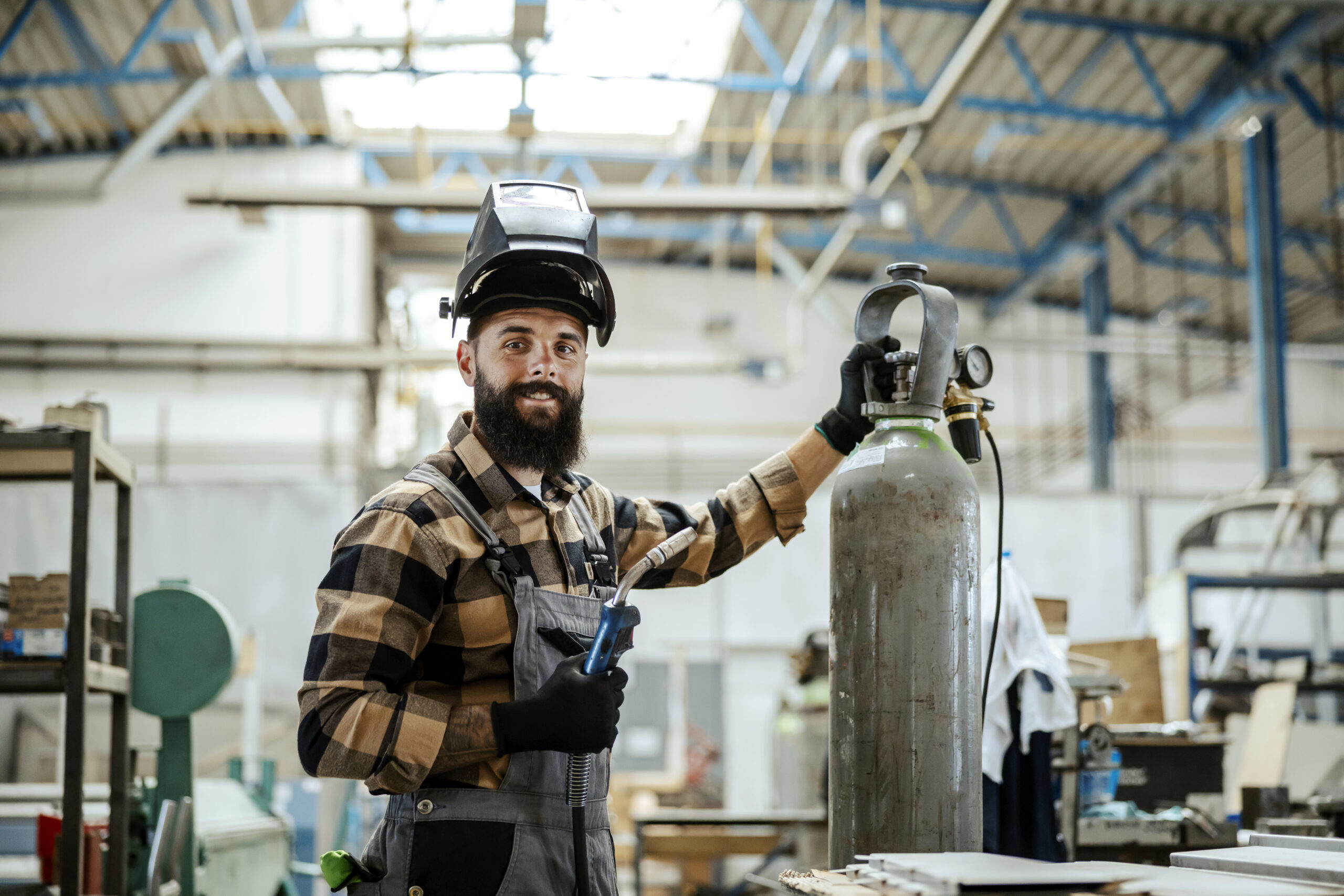Welding, the process of joining two or more pieces of metal by melting and fusing them together, has been a critical industrial process for decades. From building skyscrapers to manufacturing automobiles, welding plays a pivotal role in various industries. As technology continues to advance, the future of welding is shaping up to be more efficient, precise, and automated, with innovative techniques and trends that are revolutionizing the field. In this blog post, we will explore some of the key innovations and trends that are shaping the future of welding.
- Automation and Robotics: One of the most significant trends in the welding industry is the increasing use of automation and robotics. Welding robots are becoming more advanced and capable of performing repetitive and complex welding tasks with high precision. These robots are equipped with sensors and artificial intelligence (AI) that allow them to adapt to changing conditions in real-time, resulting in higher efficiency and reduced errors. Welding automation not only enhances productivity but also improves the safety of welders by reducing their exposure to hazardous welding environments.
- Additive Manufacturing: Additive manufacturing, also known as 3D printing, is rapidly gaining popularity in various industries, including welding. Traditional welding methods often require complex jigs and fixtures to hold the parts in place, which can be time-consuming and costly. However, with additive manufacturing, parts can be 3D printed layer by layer, eliminating the need for complex fixtures. This not only speeds up the welding process but also allows for more design flexibility, enabling the creation of complex and lightweight structures.
- Laser Welding: Laser welding is a cutting-edge welding technique that uses a high-powered laser beam to melt and fuse metal together. It offers several advantages over traditional welding methods, such as faster welding speeds, minimal heat input, and reduced distortion. Laser welding is also highly precise, making it suitable for welding small and delicate components. In recent years, advancements in laser technology have made laser welding more accessible and affordable, making it a promising trend in the future of welding.
- Augmented Reality (AR): Augmented reality is a technology that overlays digital content onto the real world, and it has found applications in welding as well. AR-based welding systems provide real-time visual feedback and guidance to welders, improving their accuracy and reducing errors. Welders can wear AR headsets that provide information such as weld path, travel speed, and welding parameters, making welding processes more efficient and effective. AR-based welding systems also allow for remote assistance, where expert welders can guide less experienced welders remotely, reducing the need for on-site experts.
- Advanced Materials: The materials used in welding are also evolving, with the development of advanced materials that require new welding techniques. For example, lightweight materials such as aluminum, magnesium, and composites are increasingly being used in industries like aerospace and automotive, requiring specialized welding methods. Additionally, dissimilar materials welding, such as joining steel with aluminum, is gaining prominence. Welding techniques that can join dissimilar materials are becoming crucial in creating hybrid structures with optimized performance and weight savings.
- Sustainability: As environmental concerns continue to rise; sustainability has become a significant focus in welding. Traditional welding methods often generate a significant amount of waste in the form of fumes, slag, and excess material. However, newer welding technologies such as laser welding and friction stir welding produce less waste and consume less energy. Additionally, there is a growing interest in using renewable energy sources, such as solar or hydrogen, to power welding processes. Sustainability is expected to be a key driving force in the future of welding, with increased emphasis on reducing environmental impact and improving energy efficiency.
- Training and Education: With the advent of advanced welding technologies, the need for skilled welders continues to grow. However, there is a skills gap in the welding industry, with a shortage of qualified welders who can operate and maintain advanced welding equipment. As a result, training and education are becoming crucial in the future of welding.
- Training programs are now incorporating virtual reality (VR) and augmented reality (AR) simulators to provide realistic welding experiences without the need for expensive materials and equipment. These simulators allow welders to practice their skills in a safe and controlled environment, helping them to gain confidence and proficiency in using advanced welding techniques.
- Additionally, online training programs and certifications are becoming more prevalent, making it easier for aspiring welders to access quality education and acquire the necessary skills. These online programs offer flexibility and convenience, allowing welders to learn at their own pace and schedule. With the use of e-learning platforms, welders can access training materials, demonstrations, and simulations from anywhere in the world, making welding education more accessible and inclusive.
- In conclusion, the future of welding is witnessing remarkable innovations and trends that are reshaping the industry. Automation and robotics, additive manufacturing, laser welding, augmented reality, advanced materials, sustainability, and training and education are some of the key areas that are driving the evolution of welding. These advancements are not only improving the efficiency and precision of welding processes but also enhancing the safety of welders and reducing the environmental impact of welding operations.
- As we move forward, it is essential for the welding industry to adapt to these innovations and trends by investing in research and development, training programs, and advanced equipment. Welders of the future will need to be skilled in operating and maintaining advanced welding technologies, and education and training will play a critical role in closing the skills gap. By embracing these advancements and staying updated with the latest trends, the welding industry can continue to thrive and play a pivotal role in various industries, contributing to the advancement of manufacturing, construction, aerospace, automotive, and other sectors. The future of welding is undoubtedly promising, and it will continue to evolve with technological advancements, creating new opportunities and challenges for the welding professionals of tomorrow.











